John Hurrell – 4 July, 2014
The light in these images is a central feature. More intense (naturally) here on your computer screen than on vinyl on a gallery wall encountered directly, it comes from afar towards the viewer, while lolly-like translucent shapes hover in between, the darkest ones seemingly closest and blocking out the glare. One is struck by the aleatoric geometry and sensual chroma.
This, the second exhibition of Paul Hartigan works at Pierre Peeters, presents printed inks on vinyl on stretchers, and references (and includes) an earlier set of works he made with ‘cruder’ computer software in the late nineties, a sort of painting/printmaking hybrid. Those nineties works were wider (Temple in his 1998 exhibition Flat Out was double any of these) and the complex background patterns slightly ‘muddied’. The newer ones are sharper than the earlier works which used the then emerging inkjet billboard technology and were more intense close up. Both feature the infinity symbol, the horizontally aligned version of a vertical figure of eight symbol that goes back to Hartigan‘s prints, enamel paintings and neons of the early eighties.
These paintings (I’m happy to call inky pigments sprayed onto vinyl via computer programming, that) are about space and looking through the ‘window’ of a vinyl rectangle on the wall. The seductive colour and (mostly) holistic backgrounds caress the eye and lead it through various arrays of floating forms or particles. Not only do you study the background fields (be they camouflage patterns, colour blindness tests, scattered wine gums, rolls of fabric, floating streamers, hundreds and thousands or confetti) and mentally ‘swim’ through them, but the infinity symbols themselves vary hugely. Some are short and squat, others long and stretched; some have accentuated, very crisp edges, others are denser as dark, cut out holes.
The light in these images is a central feature. More intense (naturally) here on your computer screen than on vinyl on a gallery wall encountered directly, it comes from afar towards the viewer, while lolly-like translucent shapes hover in between - the darkest ones seemingly closest and blocking out the glare. One is struck by the aleatoric geometry and sensual chroma.
For me personally, because I happen to have a sweet tooth and like most of us, enjoy eating, some of these food-like images (related to say, various cake-textured or fruit-flavoured works by Rob McLeod and Leigh Martin) affect me physically in ways other than ocular. I feel my mouth and stomach responding. Though it is a slightly embarrassing thing to admit, perhaps it shouldn’t be? After all, some writers, like W.J.T.Mitchell, have been saying for years that one’s senses can never be experienced purely in isolation - least of all the visual - when, say, talking about painting. The senses are mixed up together (semiotically and symbolically ‘leaking’ through the processes of thought and language) and cannot be pried apart.
Then there is the formal relationship between the flat, mottled, inflatable, or delineated infinity symbol and the field, which often uses contrasting degrees of focus. Sometimes the background spreads forward to encroach over the horizontal eight-form, obliterating parts or most of it, sometimes also draping it with a gentle haze, or making it buckle or twist. The meaning of the ‘limitlessness’ motif can be applied to the illusionary space behind the picture plane, or beyond the rectangle’s four edges, or the movement of a particle eternally ricocheting around within the curves and intersection of the symbol itself.
There is also a strangely subtle humour in Hartigan‘s use of the solitary infinity symbol, a single boldly stated entity that - eschewing a state of plethora - contradicts its own celebratory avoiding of containment. As a hovering, clearly defined motif with obvious limits, it is easily identified at the centre of each work: a repeatable icon that can be constantly refixed; a floating buoy or inflatable raft that’s anchored - bobbing on a sea of boundlessness.
John Hurrell
Recent Comments
Owen Pratt
Also if stared at intently for a while the infinity symbol and background leave interesting phantom after images.
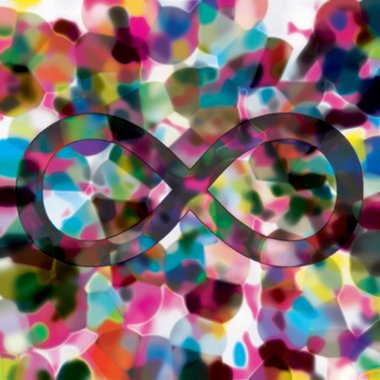
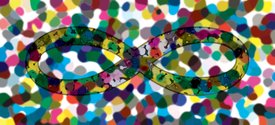
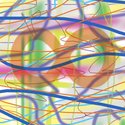
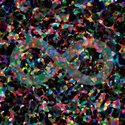
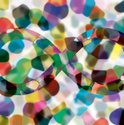
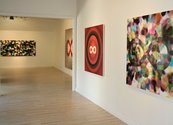
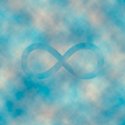
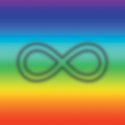
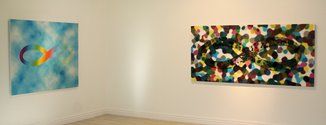
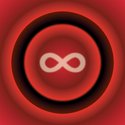
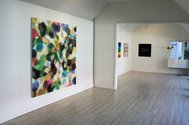
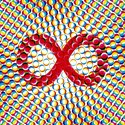
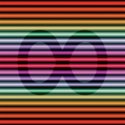
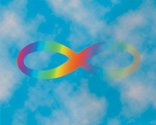
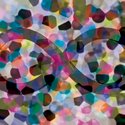
 Two Rooms presents a program of residencies and projects
Two Rooms presents a program of residencies and projects Advertising in this column
Advertising in this column



This Discussion has 1 comment.
Comment
Owen Pratt, 9:15 p.m. 6 July, 2014 #
Also if stared at intently for a while the infinity symbol and background leave interesting phantom after images.
Participate
Register to Participate.
Sign in
Sign in to an existing account.